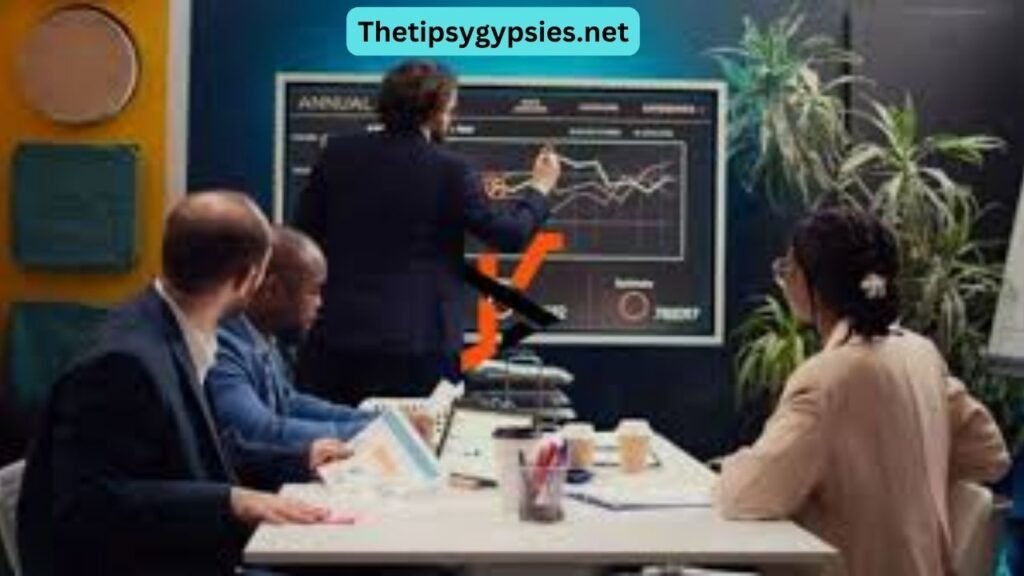The term Sankkucomplex is emerging as a fascinating subject in cultural discussions, online forums, and academic debates. Although it might seem obscure at first, the Sankkucomplex carries layers of meaning, history, and symbolic relevance that make it worth exploring. In this comprehensive guide, we’ll break down what Sankkucomplex means, how it came into existence, and why it is gaining attention in modern conversations.
Understanding the Concept of Sankkucomplex
At its core, the Sankkucomplex refers to a psychological and cultural phenomenon where deeply rooted traditions, personal identity, and modern challenges intersect. While it does not have a universal textbook definition, the term is increasingly being used in niche communities to describe a state of inner conflict often between traditional beliefs and contemporary lifestyles.
Many people who experience Sankkucomplex find themselves torn between heritage-based expectations and the desire for personal freedom. This internal tug-of-war creates a unique mindset, one that is complex and layered — hence the name.
Origins and Etymology of Sankkucomplex
The word Sankkucomplex is believed to have evolved from the fusion of two parts: “Sankku” (a cultural or symbolic root word from certain linguistic traditions) and “complex” (a psychological term indicating an intricate web of thoughts or emotions). The combination suggests both cultural depth and emotional intricacy.
While it is not formally recognized in dictionaries, historians and linguists theorize that Sankkucomplex emerged in online discussions during the early 21st century, as people sought a term to describe the intersection of old-world values and modern lifestyles.
Psychological Perspective on Sankkucomplex
From a psychological point of view, Sankkucomplex can be seen as a cognitive and emotional state where an individual feels “culturally anchored” but also drawn toward innovation and change.
Common psychological indicators include:
Identity tension – Difficulty balancing traditional cultural roles with personal ambitions.
Value conflict – Struggling to merge heritage-based values with modern ethical viewpoints.
Cultural nostalgia – A longing for traditional customs even when adapting to contemporary norms.
Therapists working with multicultural or intergenerational clients often encounter patterns similar to what the Sankkucomplex describes.
Cultural Significance of Sankkucomplex
The Sankkucomplex is more than an internal struggle — it is also a reflection of broader societal changes. In an age where globalization has blurred cultural boundaries, people are frequently exposed to new ideas that challenge inherited traditions.
This makes the Sankkucomplex particularly relevant in communities experiencing rapid modernization. For example:
Migrants and diaspora communities may face it when trying to fit into a new country while maintaining heritage values.
Younger generations in traditional societies may feel it as they adopt globalized lifestyles.
Artists and creators often express Sankkucomplex through music, literature, and visual arts.
Modern-Day Examples of Sankkucomplex
To understand how Sankkucomplex plays out today, let’s look at some scenarios:
Workplace Dilemma – A professional from a conservative cultural background wants to pursue a career in a field considered unconventional by their family.
Relationship Choices – Someone struggles between marrying within their community and following their heart in a cross-cultural relationship.
Lifestyle Adaptation – A person relocates to a cosmopolitan city and adopts new habits, but still clings to traditional practices at home.
These examples highlight the duality that Sankkucomplex embodies.
Dealing with Sankkucomplex: Coping Strategies
While the Sankkucomplex can feel overwhelming, there are ways to navigate it effectively:
1. Embrace Hybrid Identities
Instead of seeing traditional and modern values as mutually exclusive, view them as parts of a unique personal identity.
2. Engage in Open Dialogue
Conversations with family, friends, and mentors can help bridge understanding between different value systems.
3. Practice Self-Acceptance
Acknowledging the complexity of your feelings without guilt can reduce inner tension.
4. Seek Professional Guidance
Therapists familiar with multicultural psychology can provide tools to manage conflicting emotions.
Sankkucomplex in Media and Pop Culture
Interestingly, the Sankkucomplex is finding its way into films, books, and even social media discussions. Many contemporary movies portray characters grappling with identity crises that mirror this concept. Similarly, social media influencers often talk about their own journeys in balancing tradition with self-expression — sometimes unknowingly describing aspects of the Sankkucomplex.
Why Sankkucomplex Matters in Today’s World
In an interconnected world, understanding concepts like the Sankkucomplex can promote empathy, reduce cultural misunderstandings, and inspire personal growth. It highlights the universal struggle of finding a balance between “where we come from” and “where we want to go.”
By recognizing and openly discussing Sankkucomplex, individuals and communities can navigate change with greater awareness and compassion.
Conclusion
The Sankkucomplex is a multifaceted concept that touches on psychology, culture, and identity. While still relatively new in popular vocabulary, its meaning resonates with anyone who has felt the pull of two worlds at once. By exploring its origins, implications, and coping strategies, we can better appreciate the richness and challenges of living in a rapidly evolving global society.






